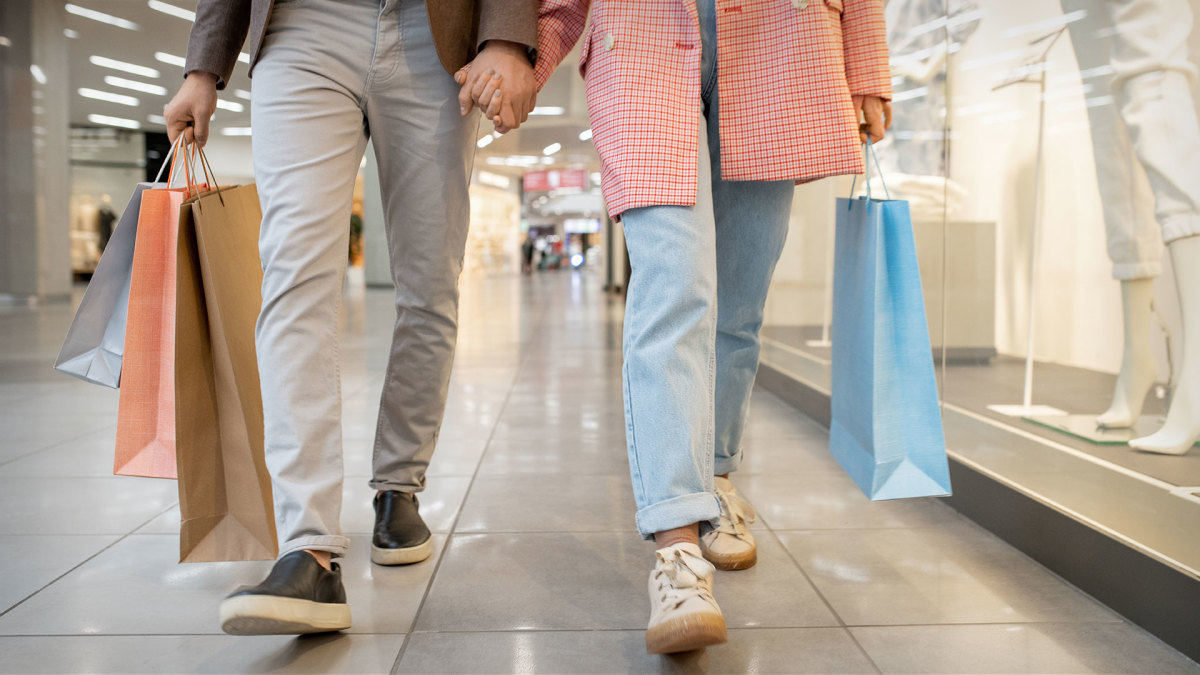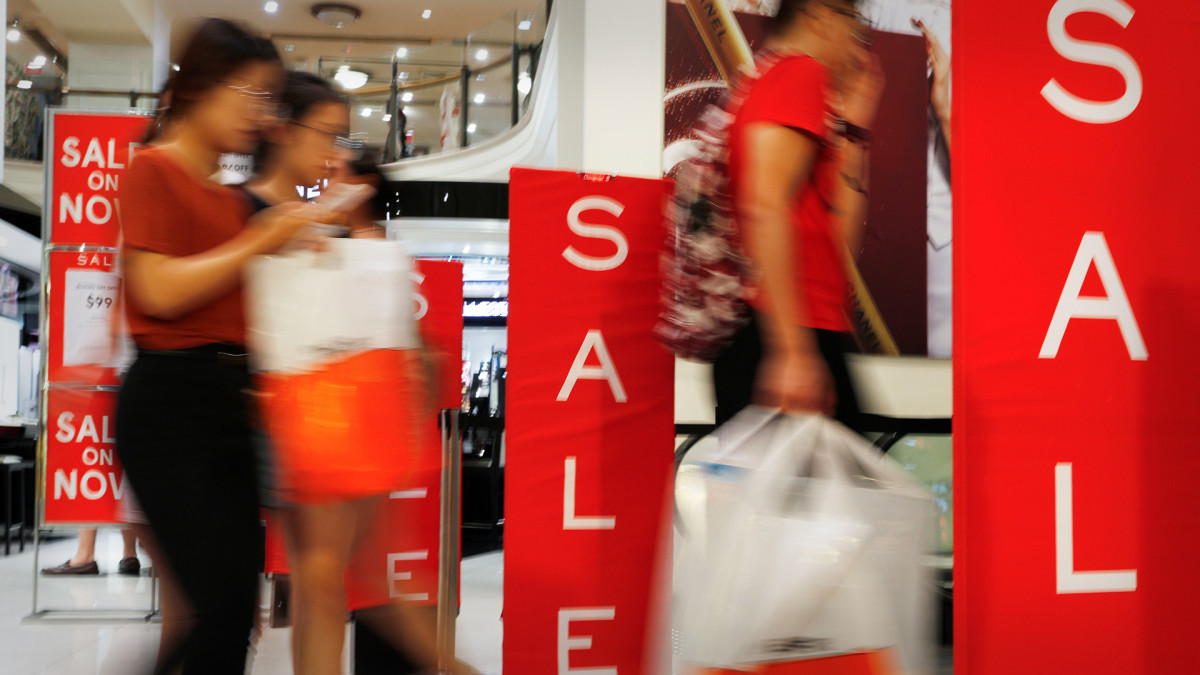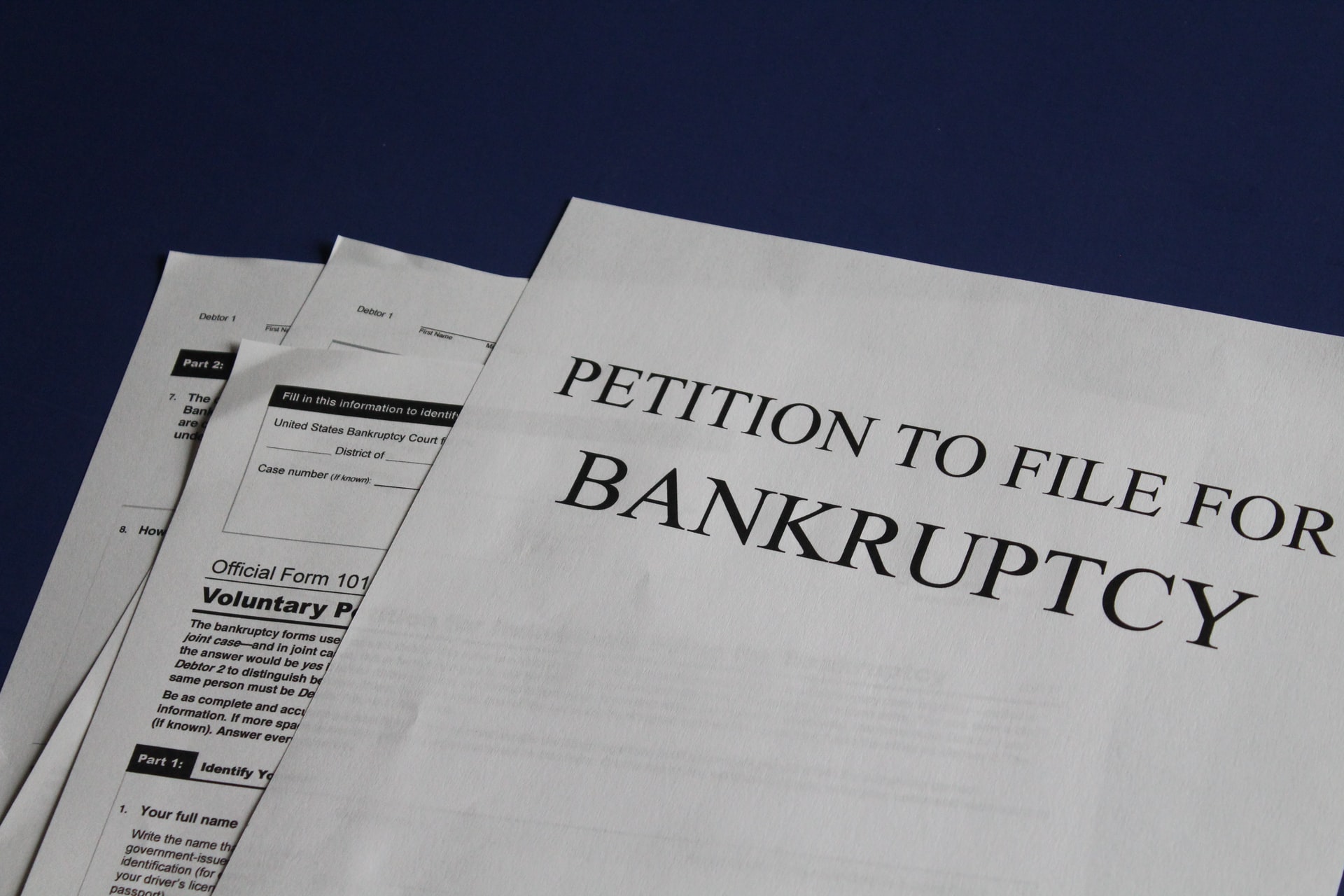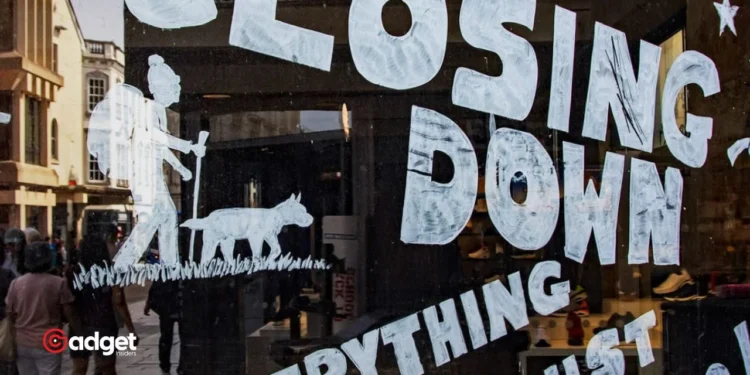In recent years, the term “retail apocalypse” has become all too familiar, echoing the struggles and closures of longstanding retail chains. Despite a general recovery in the retail sector, the aftermath of the COVID-19 pandemic, combined with elevated borrowing costs, has continued to challenge the resilience of many brands.
This distress has led to a significant number of retail entities, including famed names like Bed Bath & Beyond, Tuesday Morning, and Sam Ash, opting for liquidation after failing to sustain operations post-Chapter 11 bankruptcy.

A Glimmer of Recovery Amidst Continuing Closures
While some brands like Joann, Party City, and David’s Bridal have navigated through Chapter 11 successfully, the overarching narrative remains grim. Recent findings from a white paper by Placer.ai titled “The Comeback of the Mall in 2024” reveal a mixed picture.
Although foot traffic at malls shows signs of recovery—down just 5.8% in 2023 compared to pre-pandemic 2019—the landscape is still fraught with challenges. This recovery in visitor numbers contrasts sharply with the ongoing wave of store closures and bankruptcies, highlighting the complex dynamics at play in the retail sector.
The Fall of Ted Baker: A High-End Retailer’s Retreat
Among the notable casualties is Ted Baker, a high-end clothing chain known for its quirky sense of humor and impeccable attention to detail. Initially celebrated as a premier destination for contemporary men’s shirting in Glasgow, the brand expanded globally, weaving its founder’s personality into every product.
However, economic pressures have forced Ted Baker to withdraw from the North American market, closing all its stores in the U.S. and Canada under a Chapter 15 bankruptcy filing. This retreat marks a significant contraction for a brand once celebrated for its distinct style and customer-centric offerings, such as a unique laundry service for every shirt purchased.
“Having launched as a shirt specialist of some repute in Glasgow Ted Baker quickly became the place to buy some of the very best contemporary men’s shirting around,” the company shared on the United Kingdom version of its website.
“From the beginning, Ted has had a very clear, unswerving, focus on quality, attention to detail, and a quirky sense of humor, so much so in fact that the first stores used to provide a laundry service for every shirt purchased – something that gained the quickly growing brand the title of ‘No Ordinary Designer Label’.
Everything produced under the Ted Baker name has his personality woven into its very heart,” the company added.
Store Closing Sales: The Final Goodbye
The closure of Ted Baker’s 31 stores in the U.S. and nine in Canada comes with a bittersweet offer of 30% off in a final liquidation sale. Similarly, Brooks Brothers and Lucky Brand in Canada are also participating in these closure sales, offering significant discounts on their high-end apparel and accessories.
This phase-out reflects a broader trend of retraction within the retail sector, where even well-established brands are struggling to maintain their footing in a highly competitive and financially strained environment.

Looking Ahead: The Uncertain Future of Retail
As we move into 2024, the retail landscape remains uncertain. The modest recovery in foot traffic suggests potential for revival, but the continuous stream of bankruptcies sends a clear signal of the ongoing challenges.
Retailers face a critical juncture where adaptation and innovation are key to survival. Whether more brands will succumb to the pressures of high costs and decreased consumer spending, or find a new path forward, remains a poignant question for an industry at a crossroads.

The retail industry continues to navigate a turbulent period marked by significant closures and economic challenges. The resilience of some brands through restructuring efforts provides a beacon of hope, yet the closure of iconic stores like Ted Baker underscores the profound impact of current market conditions.
As consumers and industry watchers alike look to the future, the evolution of retail will undoubtedly be a critical narrative in the broader economic landscape.










